The world’s most complex piece of origami is about to unfold—and if it works, humanity will get an unprecedented look at the universe around us.
The James Webb Space Telescope is currently planned to launch Dec. 25 from the coast of French Guiana. Built by NASA, the European Space Agency and the Canadian Space Agency, it will open up in a series of complex maneuvers over the next six months—all in order to peer deeper into space and time than we’ve ever seen before.
“It will be an explosion of new knowledge,” said University of Chicago Prof. Jacob Bean, who co-leads one of the telescope’s Early Release Science projects. “We are going to be learning new things from all directions. Just in the first year, I think we’ll answer questions we’ve had for decades.”
The telescope’s enormous array, consisting of 18 hexagonal mirrors, a sunshield, and its complement of four instruments, will unfurl like a flower once it’s in space. Known as JWST, it will orbit much farther away from us than the Hubble Space Telescope does—more than a million miles away from Earth, compared to just 340 miles for Hubble—and so it has to be much more autonomous. All of these are tremendous engineering challenges; thousands of scientists and engineers have been working on JWST for decades.
The project faced multiple delays during its development, in part because its mission is so much more ambitious than anything previously attempted. All those efforts, astronomers hope, will very quickly change the game. Several University of Chicago scientists are slotted to use the telescope in its first run of observations—to learn about the origins of our universe and how fast it’s expanding, about the planets that orbit other stars, and many other questions.
“JWST is a truly transformative instrument, and that’s a word I don’t use lightly,” said Prof. Mike Gladders, who is part of another science team tackling early JSWT observations. “It will allow us to both pose and answer questions that right now are simply unanswerable.”
All the light we cannot detect
The light from the earliest days of the universe is still traveling across space. Over time, as the universe expands, that light gets stretched out into longer wavelengths. JWST is designed to be able to see these wavelengths by examining the infrared spectrum.
“With JWST, we’ll get observations of the first stars and galaxies as the universe emerges from the ‘dark ages,’ as the first compact objects form and light up,” said Gladders. “This epoch is almost completely unobserved until now. We have only hints.”
Gourav Khullar, a Ph.D. candidate in the Department of Astronomy and Astrophysics, will use JWST to look at one such early galaxy, which was first discovered by a class of undergrad students at UChicago in 2020. This bright galaxy dates back to when the entire universe was just about a billion years old; the group hopes further observations will help paint a clearer picture of how objects like stars and galaxies formed out of the chaotic soup that followed the Big Bang. “With just one set of observations, there is so much potential to address a range of science questions: do galaxies in the early universe look anything like present day systems? How do stars form in distant massive galaxies?” Khullar said.
Gladders agreed: “This epoch is the transition from a smooth, near-uniform universe to complexity. The switch flipped. This is the moment when stars and planets and ultimately, us and coffee cups and puppy dogs, become possible. JWST is an opportunity to fill in some of the last missing pieces of the cosmic narrative.”
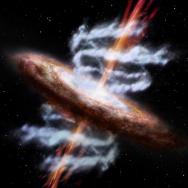
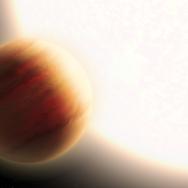

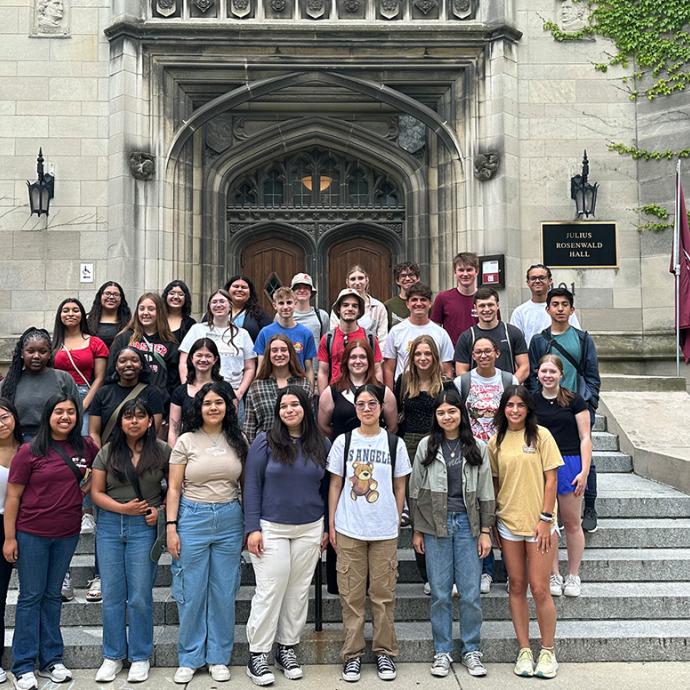


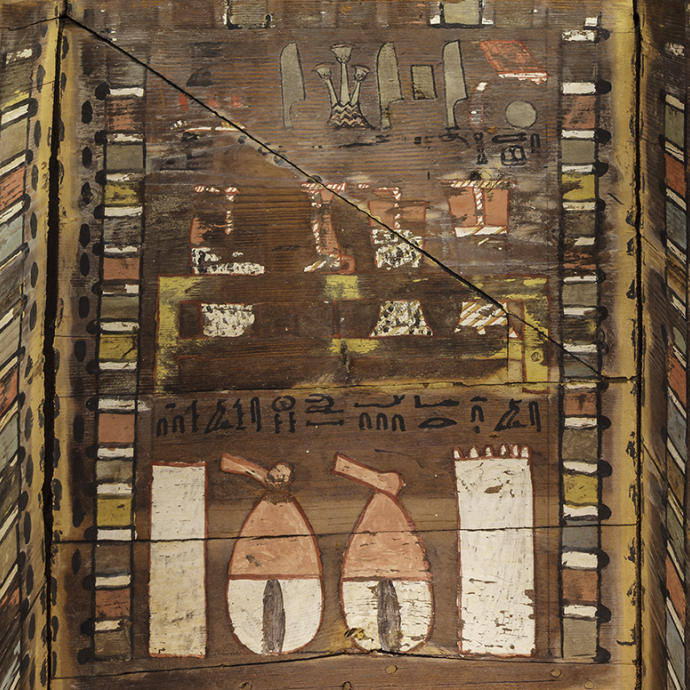
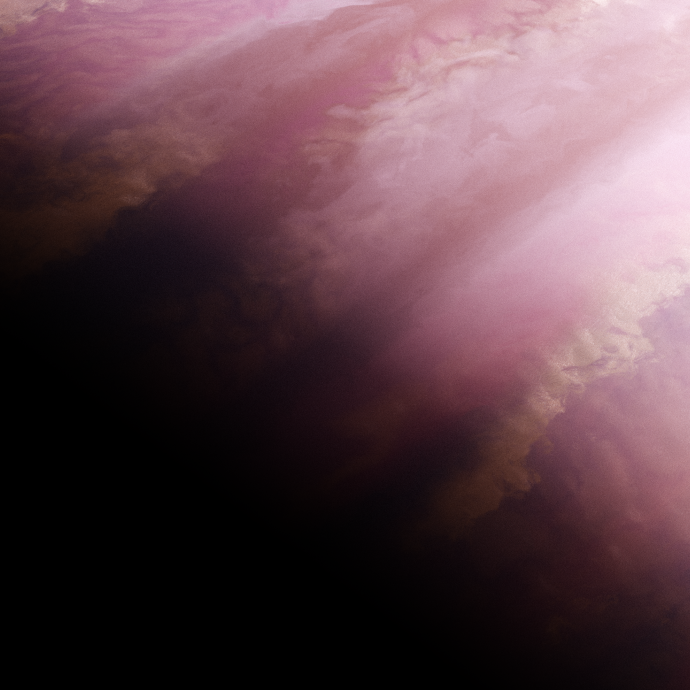


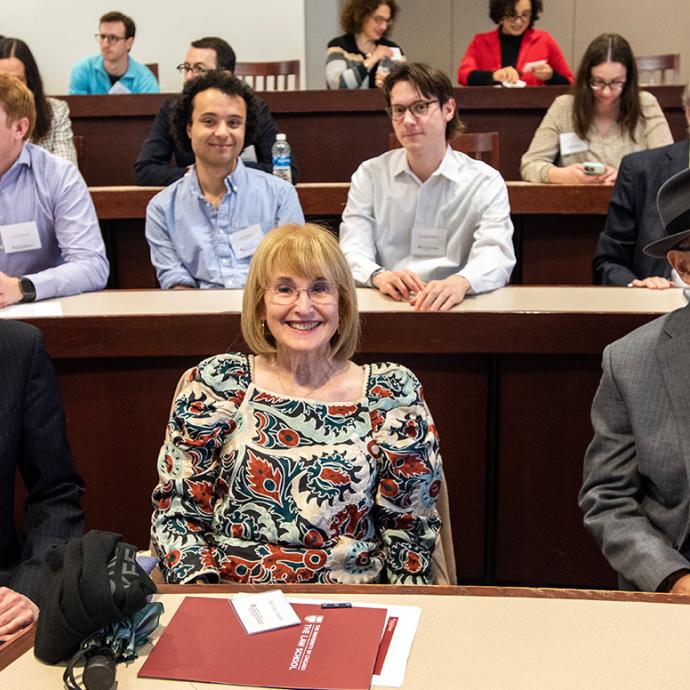
 —Prof. Chuan He
—Prof. Chuan He
